This Coconut Chutney is the ideal condiment to serve alongside Idli Sambar, a traditional South Indian breakfast that is naturally vegan. Dipping the fluffy idli into the soothing chutney, with bursts of nutty flavours from the tempered urad dal was one of the first experiences that convinced me of the ingenious way of Indian cooking, with its many layers of flavours and textures.
Substitute Raw Coconut
Instead of opening a raw coconut, you can also use desiccated coconut. Just keep in mind to add a little more water as instructed below.
Idli Sambar
Serve this alongside Idli & Sambar for a traditional Indian breakfast.
Storage
You can keep the chutney for 1-2 days in the fridge.
serves 4
Ingredients
Coconut Chutney
-
1 tbsp chana dal
-
1 raw coconut (or 40g desiccated coconut)
-
1 green chilli
-
20g ginger
-
1/2 tsp cumin seeds
Temper
-
1 tbsp vegetable oil
-
1/2 tsp brown mustard seeds
-
1 tsp urad dal
-
2 dried chillis
-
8-10 curry leaves
-
1/8 tsp asafoetida
Method
In a frying pan, toast the chana dal on medium heat until golden. Don’t rush this, you want it to be well-roasted since raw chana dal is difficult to digest. Then let it cool off slightly while you proceed with the raw coconut, if using.
Hold the coconut over a bowl and use a rolling pin (it might leave dents on the wood) or the back of a steady knife to knock firmly onto the centre of the shell, turning the coconut to go around the equator. After a minute or so a crack will appear and you can carefully open it to catch the coconut water in the bowl. Use a butter knife to wiggle loose the flesh from the shell (patience, you’ll need to go all around the coconut a few times before it pops loose), then use a vegetable peeler to peel the brown skin. Finely grate the coconut until you have 125g and transfer to the jug of a blender. Trim the chilli and peel the ginger, then add both to the jug along with the toasted chana dal, cumin seeds, 3/4 tsp salt and 150 ml water and blend it into a thick chutney, adding more water if needed.
For the temper, heat the oil in a small frying pan, then add the mustard seeds and fry until they sizzle vigorously. Add the urad dal and, once it’s golden, tip in the chilli, curry leaves and asafoetida. When the curry leaves are crispy, turn off the heat and pour the temper over the chutney.
Storage: Refrigerate for 1-2 days
As an Amazon Associate I receive a small commission from affiliate links on this page.

Coconut Chutney
Ingredients
Coconut Chutney
- 1 tbsp chana dal
- 1 raw coconut (or 40g desiccated coconut)
- 1 green chilli
- 20 g ginger
- 1/2 tsp cumin seeds
Temper
- 1 tbsp vegetable oil
- 1/2 tsp brown mustard seeds
- 1 tsp urad dal
- 2 dried chillis
- 8-10 curry leaves
- 1/8 tsp asafoetida
Instructions
- In a frying pan, toast the chana dal on medium heat until golden. Don’t rush this, you want it to be well roasted since raw chana dal is difficult to digest. Then let it cool off slightly while you proceed with the raw coconut, if using.
- Hold the coconut over a bowl and use a rolling pin (it might leave dents on the wood) or the back of a steady knife to knock firmly onto the centre of the shell, turning the coconut to go around the equator. After a minute or so a crack will appear and you can carefully open it to catch the coconut water in the bowl. Use a butter knife to wiggle loose the flesh from the shell (patience, you’ll need to go all around the coconut a few times before it pops loose), then use a vegetable peeler to peel the brown skin. Finely grate the coconut until you have 125g and transfer to the jug of a blender. Trim the chilli and peel the ginger, then add both to the jug along with the toasted chana dal, cumin seeds, 3/4 tsp salt and 150 ml water and blend it into a thick chutney, adding more water if needed.
- For the temper, heat the oil in a small frying pan, then add the mustard seeds and fry until they sizzle vigorously. Add the urad dal and, once it’s golden, tip in the chilli, curry leaves and asafoetida. When the curry leaves are crispy, turn off the heat and pour the temper over the chutney.
Video



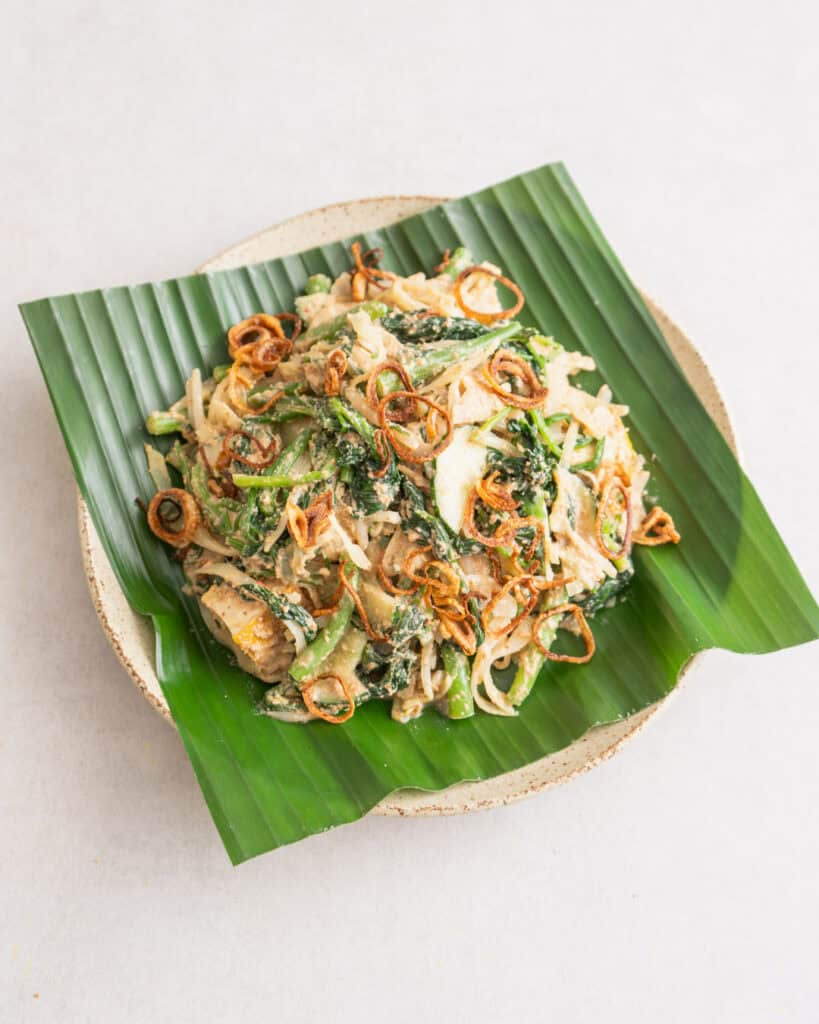

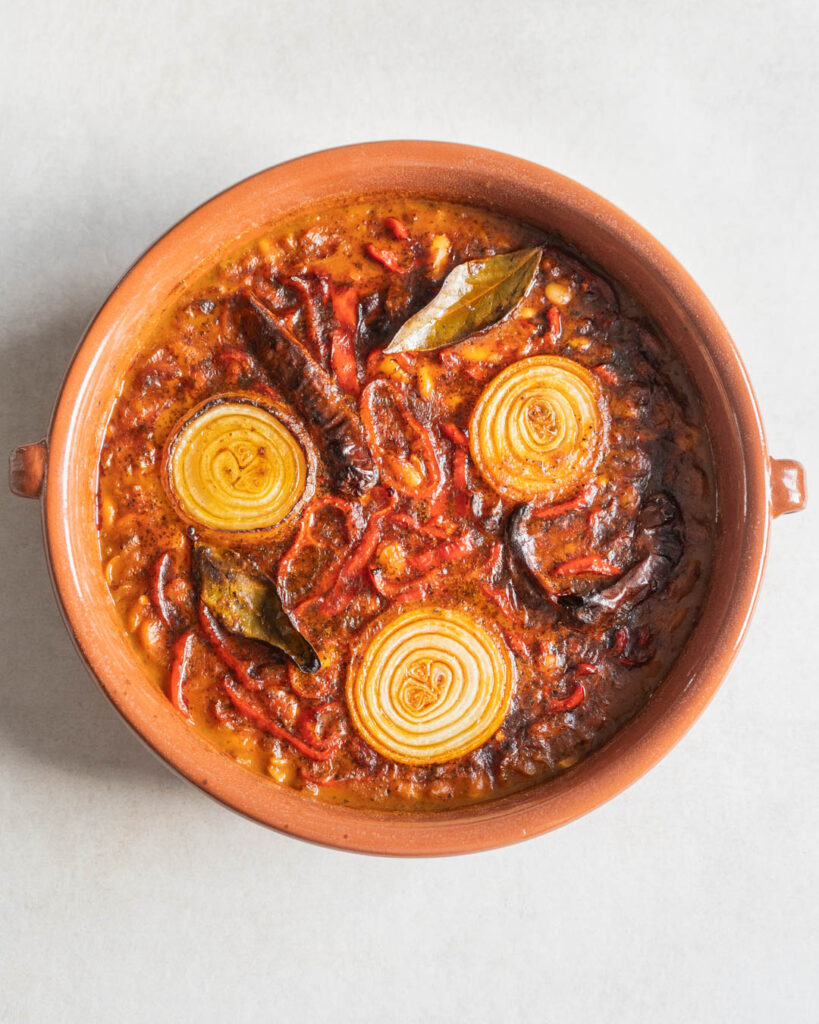


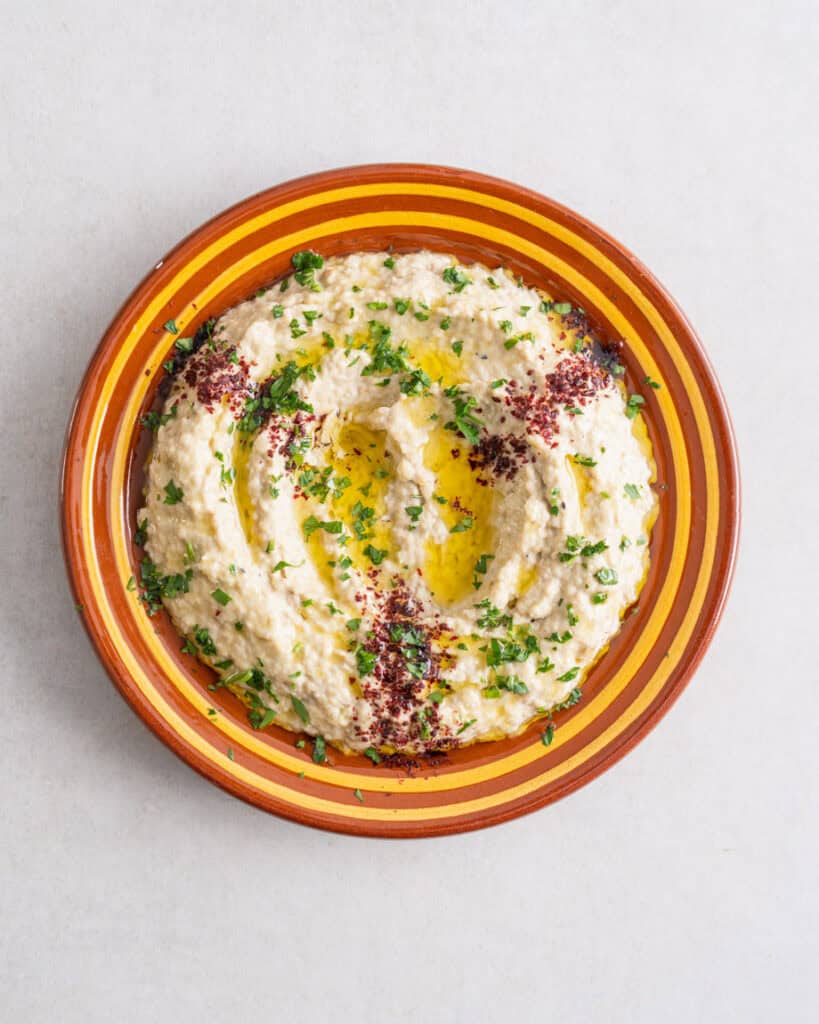

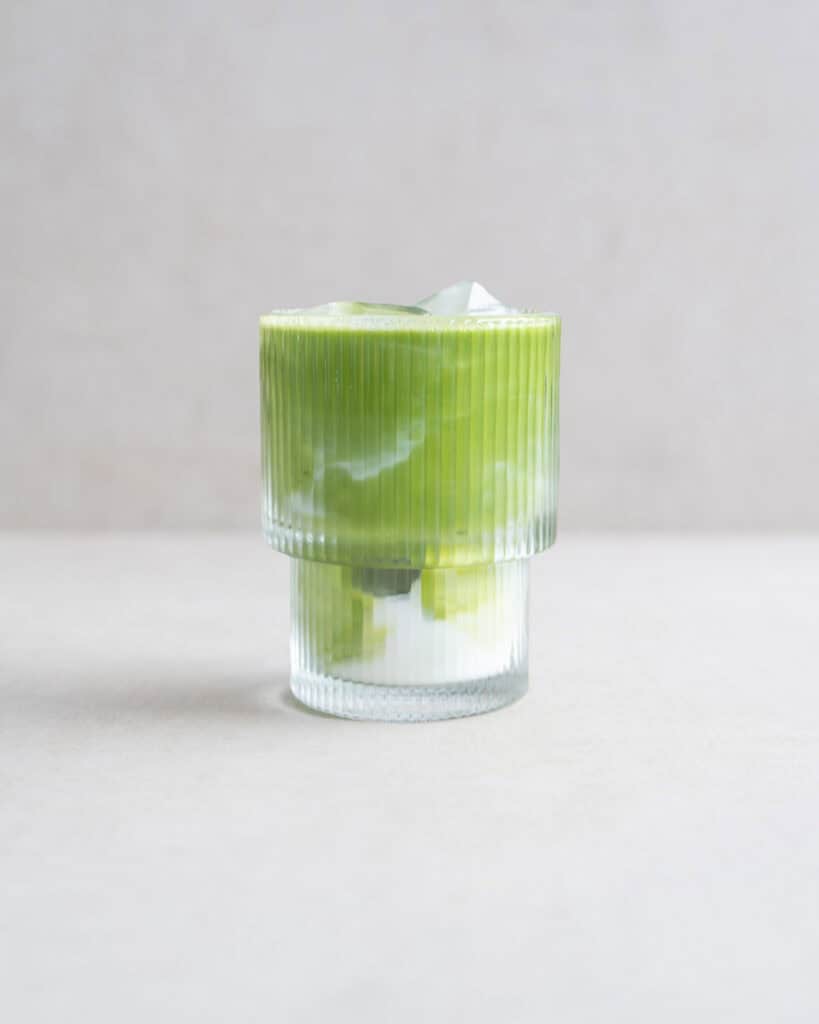

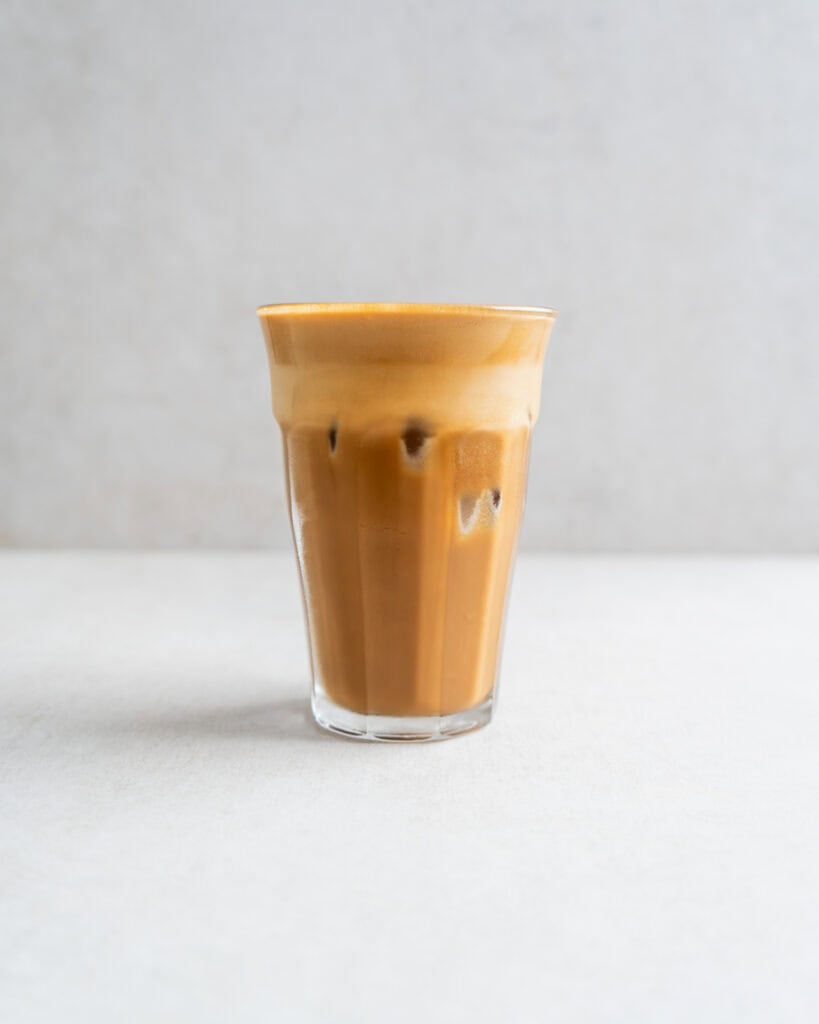

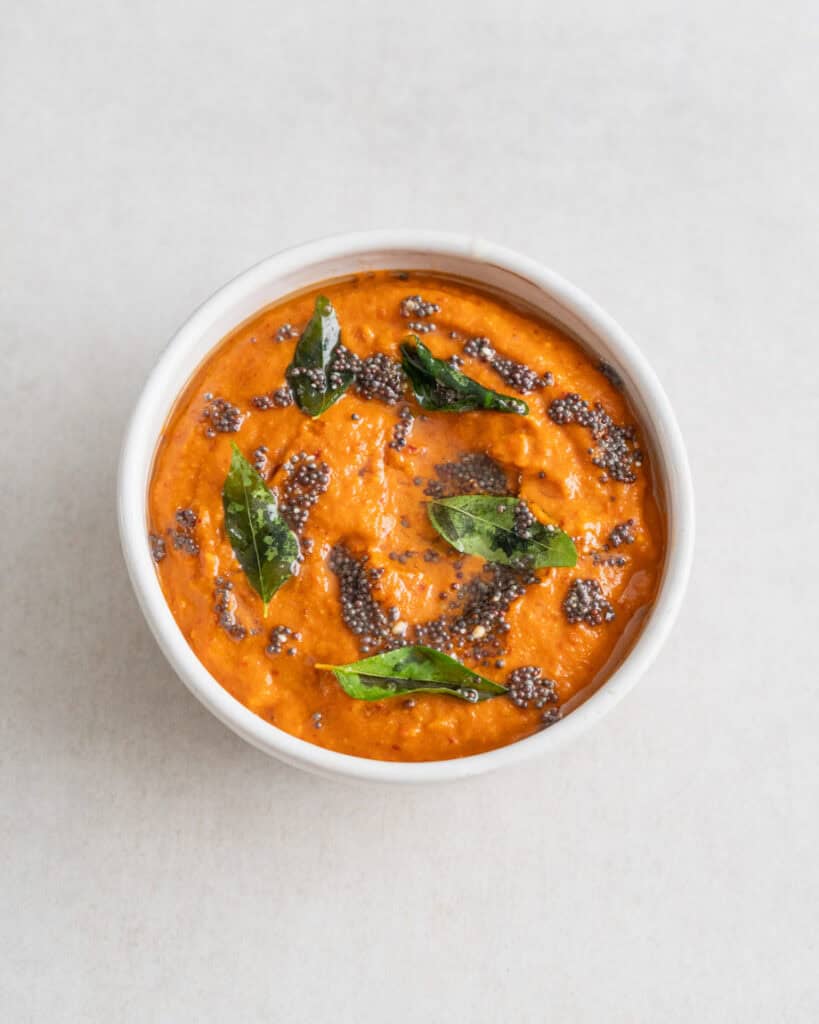
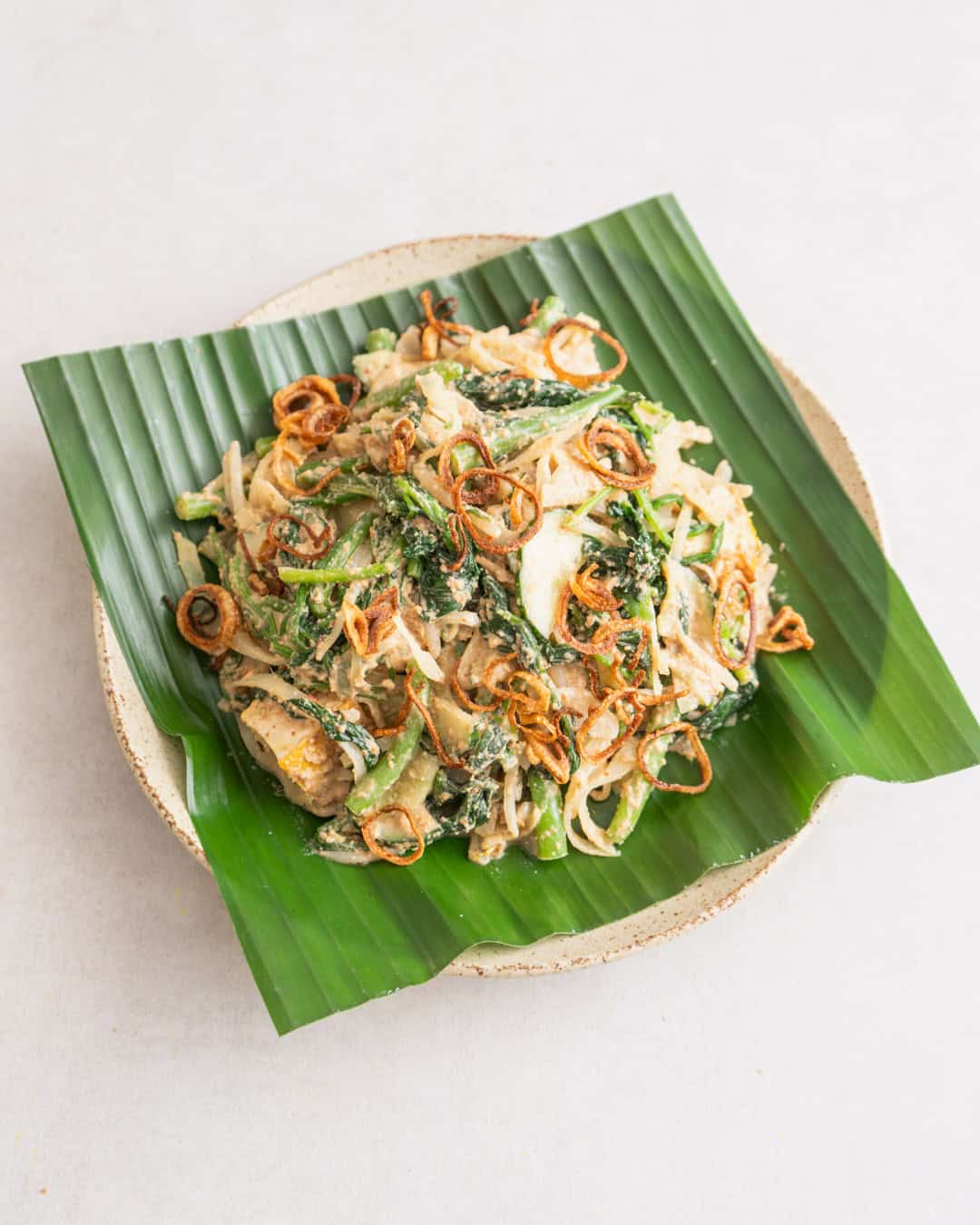

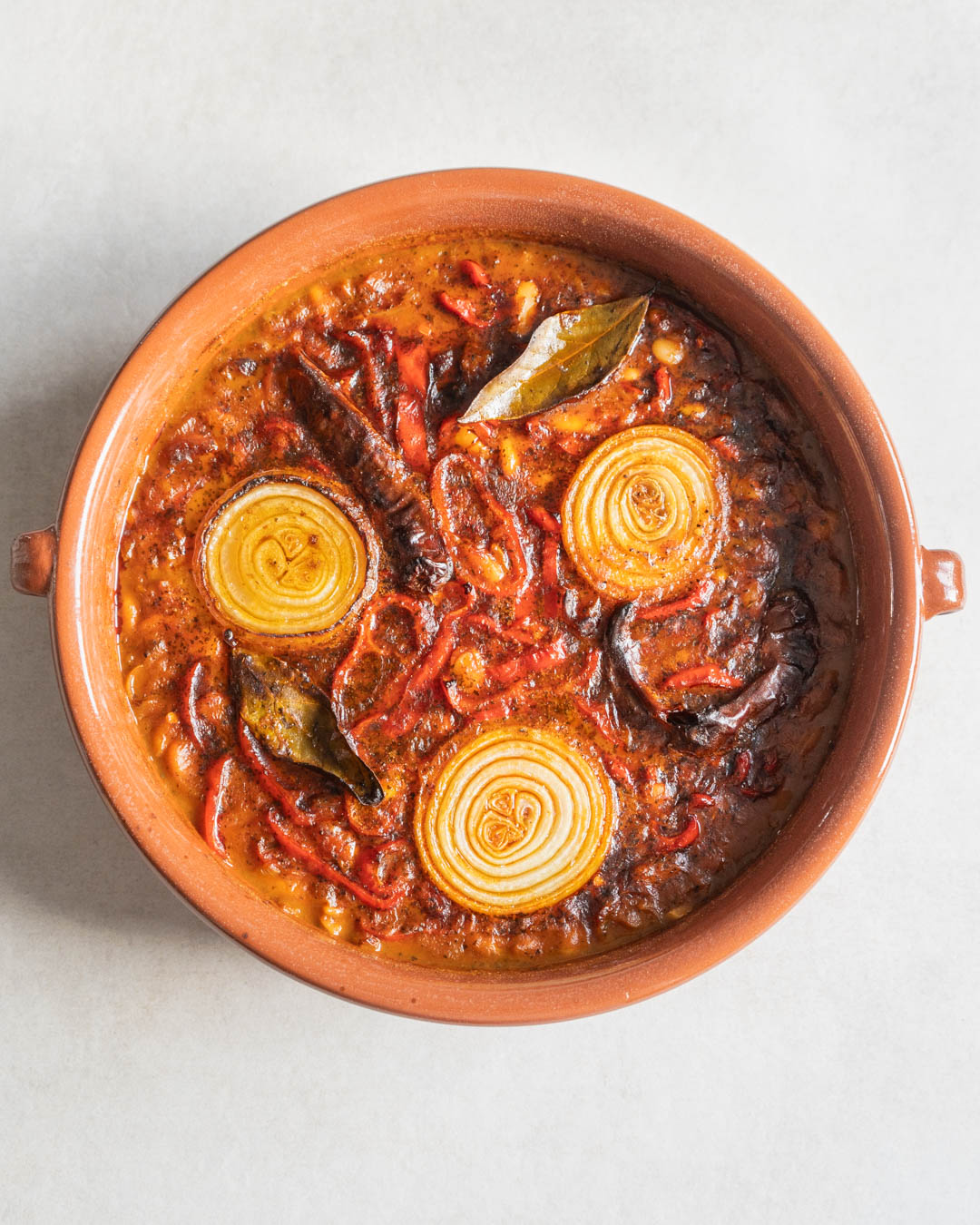



0 Comments